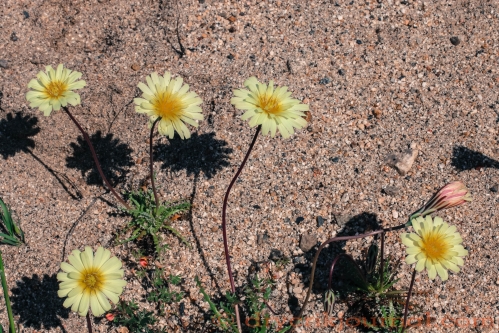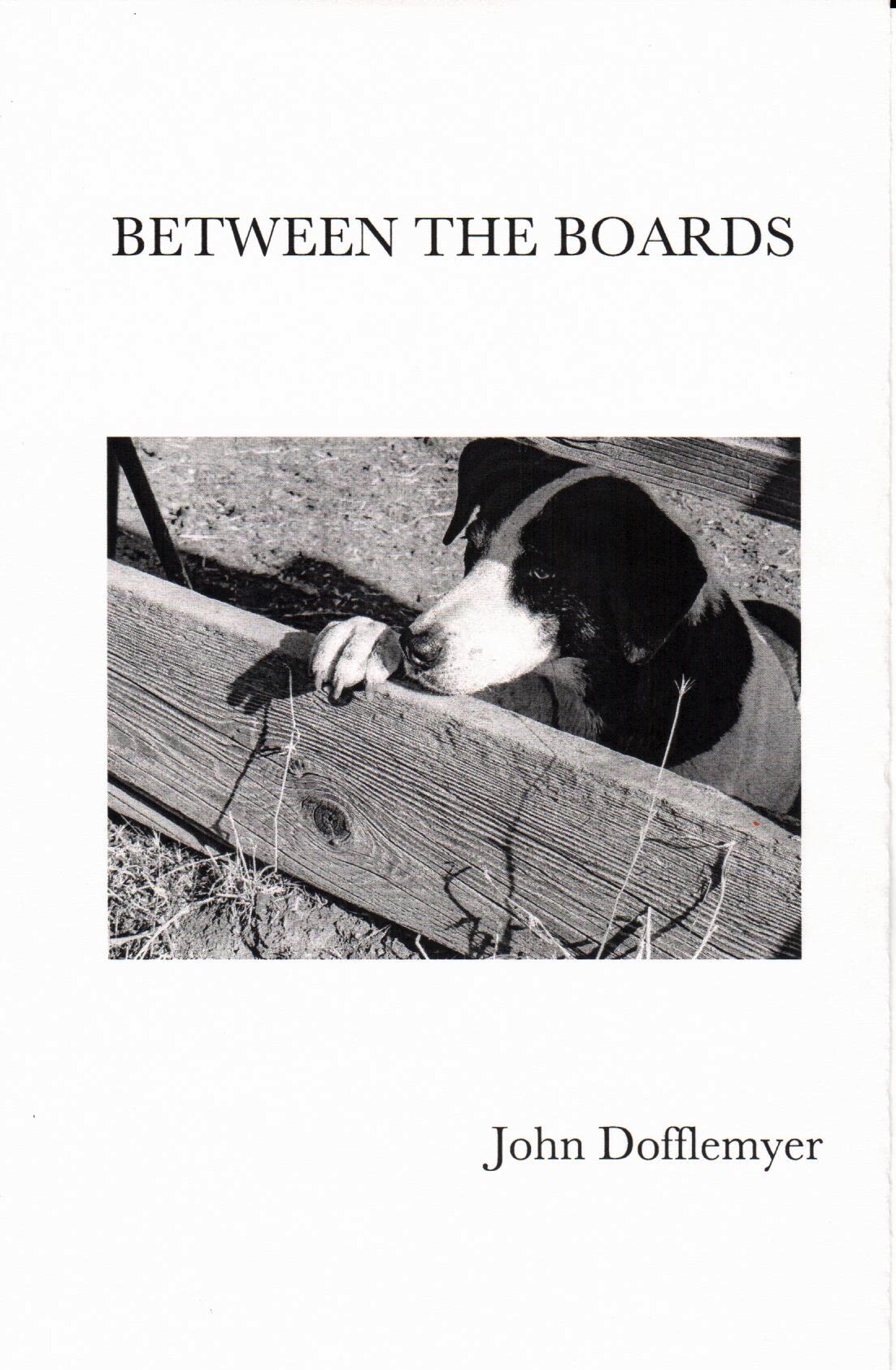The dramatic changes from bud-to-flower-to-seed make this large dandelion intriguing to photograph. In the sunflower family, their pale yellow flowers range from 2-4” in diameter and stand 1-2’ tall. The scaly bud is about the size of a gopher snake’s head that bursts into reds and yellows as petals develop. Likewise, as the dandelion head explodes into filaments, remnants of the yellow petals retain their color with red accents before turning white, all happening in a matter of days.
I first noticed the wildflower in April 2014 as a pale yellow patch on a south-facing bank of sand in the company of some Yellow Pincushions that were barely noticeable by comparison. Once found and identified, I revisited the same location last year and recorded the sighting with Calflora. At that time, it was the northernmost sighting in the state, as all other sightings were at elevations between 5,000-7,800’ in the Southern Sierras on latitude with Johnsondale, and on either side of the Kern River. However, returning to the website this morning, Calflora indicates another observation in April 1940, now the earliest recorded on Calflora, by Lewis S. Rose, above the town of Three Rivers at 2,000’. The Jepson Manual sets its elevation range between 300-7,800’.
The 1940 observation, east of the Kaweah River above the town of Three Rivers, was prior to the construction of the Terminus Dam. These Scalebud are photographed below Terminus in a highly disturbed area around 500′ that has been subject to the heavy construction of the dam in the early-60s, rock and gravel mining from 1950-1970, as well as the 1955 Flood.
As an amateur photographer and neophyte botanist I find the elevation differences intriguing that such an isolated dandelion family can be dispersed so far apart over such rough terrain into different watersheds. An observation in 1975 by the Consortium of California Herbaria on the Little Kern River may be a clue: Farewell Gap, the common connection between the watersheds. It may be that the Scalebud is more dependent on the unique mineralization of the granite from the Mineral King area than it is on the dispersal of its seed.
None of this matters, of course, and why in the hell would an aging cowman waste what’s left of his time on some dandelion when he could be otherwise occupied with the spectacle of 2016 GOP Presidential Primaries?
Meanwhile, back at the ranch…















Thanks for the nice distraction . . .
LikeLiked by 1 person
Gotta do something!
LikeLike
Haha. The Dandelion is much prettier than the candidates. It also doesn’t have too much to say for itself, just quietly does what it does best. 🙂
LikeLiked by 1 person
Isn’t that nice for a change?
LikeLiked by 1 person
“why in the hell would an aging cowman waste what’s left of his time on some dandelion”? Because sometimes it takes arriving at that state for them to be seen?
Why do your poems get even better? Experience or the flowering of your mind?
LikeLiked by 1 person
I think we get weary, Richard, with all the things we can do nothing about, and to find joy, awe, and/or beauty in something we can take no credit for can be inspiring, if not always, but in the moment.
LikeLike
Cows have grass to eat
You have flowers to drink
LikeLiked by 1 person
Much more fascinating to learn about the details of the spread of that little dandelion than to pay attention to much of the bull**** of the primaries. Great stuff John.
LikeLiked by 1 person
Thanks, Heather. Apparently a needed diversion.
LikeLike